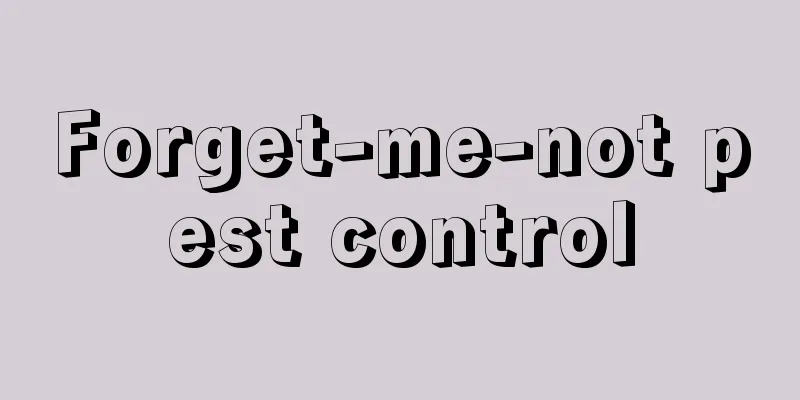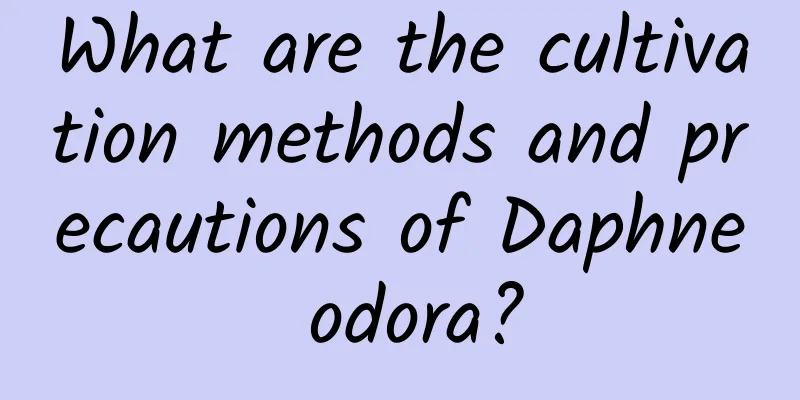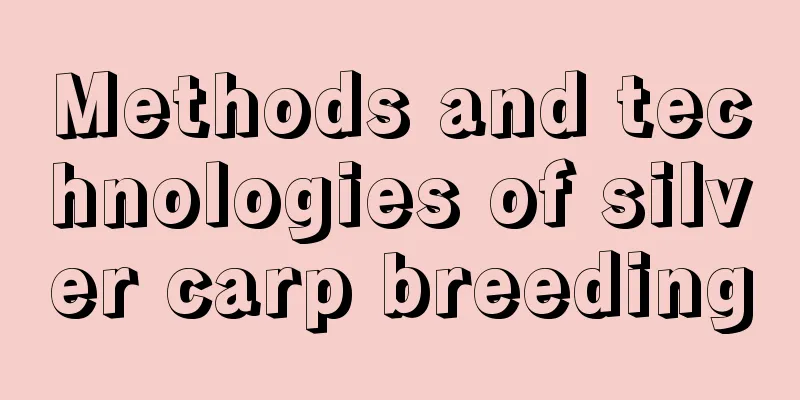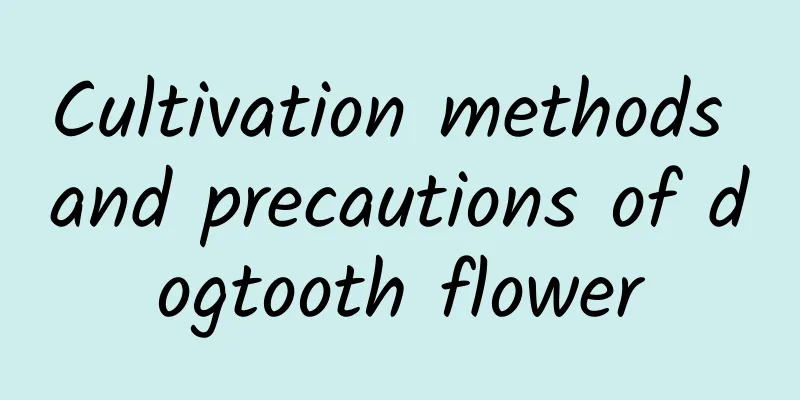Forget-me-not pest control

Forget-me-not root rotdiseaseIn fact, many flower lovers grow flowers to appreciate the above-ground parts. As for what the underground rhizomes look like, it seems to have nothing to do with you, but the growth of the roots is closely related to the stems and leaves of the flowers above ground. Once forget-me-not is infected with root rot, the roots gradually turn black and rot, the absorption capacity decreases, and it is unable to receive nutrients, let alone transport nutrients to the stems and leaves, causing the plant to gradually wilt and turn yellow. Prevention and treatment methodsIf the root rot is not serious, remove the plant from the pot, cut off the rotten part, soak it in potassium permanganate solution, and replant it. Then spray 500 times diluted 60% succinate-fosfosetyl aluminum wettable powder. Forget-me-not brown spotdiseaseThe leaves of common forget-me-not are not obvious and look small and inconspicuous, but leaves are indispensable. Forget-me-not brown spot disease mainly harms the leaves, causing brown spots to appear, yellowing and falling off, affecting the ornamental value. In severe cases, it can damage the stems, causing spots and even rot. Prevention and treatment methodsStrengthen maintenance, do not water too much, increase ventilation and reduce humidity. Remove diseased leaves promptly if found to avoid further infection. In the early stage of the disease, 65% Zineb wettable powder 600-800 times diluted or 50% Carbendazim wettable powder 600-800 times diluted can be sprayed. Forget-Me-Not Pest ControlThe pests of forget-me-nots mainly gather underground, common ones include cutworms, mole crickets, white grubs, etc., but mites are the most serious harm in the home. In addition to directly sucking the sap of the plant and causing damage, they also mainly spread viral diseases. Therefore, early detection and early treatment are necessary, and bactericidal agents should be used for irrigation in time to avoid the occurrence of viral diseases. |
<<: Common diseases and pests of Silver Queen
>>: Peacock arrowroot leaf spot disease prevention and control methods
Recommend
The difference between sea tiger orchid and aloe arborescens
Difference 1: Leaves The leaves of the sea tiger ...
What are the cultivation methods and precautions of the eight-angle golden plate?
Method of cultivating star anise The Oleander pre...
Seed propagation of Cassia winged pod
Selecting a seed If you are not shopping online, ...
Dwarf sunflower planting time and method
Dwarf sunflower planting time Dwarf sunflowers pr...
How to plant garlic seedlings in pots
If you want to grow potted garlic sprouts, it is ...
Truffle cultivation
1. Can it be planted? Truffles cannot be cultivat...
How does a mage cultivate old piles of succulent plants? How does a mage cultivate old piles?
· The mage raised many old piles There are many t...
What is the best month to plant black beans?
When to plant black beans Black beans are general...
Side effects of coriander, the advantages and disadvantages of eating coriander
1. Side Effects 1. Spermicide: It is also known a...
Causes and treatments of yellow leaves of cinnabar root
1. Temperature is too low Reason: The origin of C...
What to do if the leaves of coleus become soft
1. Block out strong light Coleus likes plenty of ...
Propagation of Tangyin Succulent Plants
1. Planting 1. Time: The best time to sow is in s...
What is the best month to plant edamame in the north?
When is the best time to plant edamame in the nor...
Is the multi-headed chrysanthemum a greenhouse flower? Can it be placed outdoors in winter?
1. Is it a greenhouse flower? 1. Northern region:...
Is bougainvillea suitable for growing at home?
Can it be kept indoors? To simply say that bougai...









